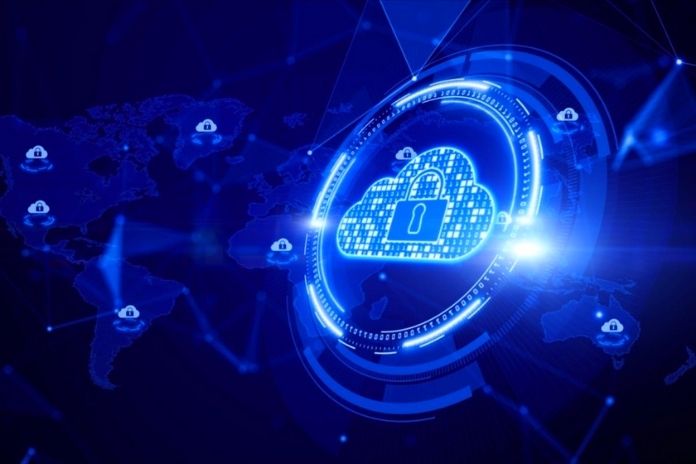For beginners in information technology (IT), saying “cloud computing” may sound strange since it is natural to imagine a series of computers floating miles away above our heads when reading such a term.
The term, however, has nothing to do with real clouds themselves — we call cloud computing the on-demand provision of computing power for professional purposes. Still, as much as the cloud is, in fact, a game-changer in personal and professional computing, there is a lot of misinformation about the cybersecurity of cloud computing.
The Cloud Is More Secure By Default
Yes and no. Because of its decentralized nature, the cloud takes you out of some of the cyber risks involved with on-premises servers that are within your network perimeter (such as physical threats). But that doesn’t mean it’s perfect in security. We must never forget that the cloud is nothing more than a computer located somewhere, and as such, it needs to be configured correctly.
The same is true with SaaS. Many privacy violations happen out of sheer disregard for those responsible for configuring this remote software. There have already been cases where, for example, a company ended up leaking sensitive information about its operations by configuring a Trello corporate platform dashboard as public, allowing its records to be indexed by Google and making them available for searches.
Overall, the cloud is more secure than on-premise servers, yes, but the administrator still needs to configure it correctly to avoid headaches.
Cloud Incidents Are My Provider’s Fault
It is a myth that stems from previous misinformation. IT administrators often come to a very simplistic conclusion: “if the computers are not mine, neither is the responsibility for cyber incidents; It’s all my server’s responsibility.” It doesn’t work like that. Most cloud solution providers work with what we call a shared responsibility model.
The vendor only guarantees the security of the physical layer of the cloud — that is, it must ensure that the computers themselves, located somewhere on the globe, are impenetrable, do not suffer unavailability due to power outages (for example), and so on. ). However, this responsibility model emphasizes that the correct configurations must be customers.
Securing The Cloud Is Like Booking A Regular Server
Not even! If an on-premise server demands a firewall and an antivirus solution to be protected against cyber attacks, the same cannot say of servers in the cloud. As we are talking about remote assets and systems, accessible anywhere in the world and from any device, most challenging — and essential! — when rethinking your security strategy is to focus on protecting your identity.
The “identity” that we cite here is nothing more and nothing less than the user. Suppose an employee uses the credential to access a vault of sensitive documents that are stolen. In that case, the criminal can also access that vault from anywhere from any device, just like his employee, “enjoying” the decentralization of the cloud. That’s why correct credential administration is so essential.
Visibility Is Better In The Cloud
To protect your assets well, you need to know how many assets you have, where they are, and so on. Many beginners believe that the cloud will give you better visibility on such a subject, but this is not always true. The cloud is a complex environment, and you need to account for the number of accounts you have, manage permissions, and even ensure compliance with legislation specific to your industry.
I Don’t Need Help Securing My Cloud
It can be a myth or a truth, depending on each case. The cloud is not a new technology, but even so, few professionals have learned to deal with it. The market still suffers from a massive shortage of specialized labor in information security. When we talk about “infrastructure-as-a-service” (IaaS), the situation gets worse.
Suppose your team has professionals capable of managing the cloud properly; great. Otherwise, several automated platforms and even managed security services providers (Managed Security Services Provider or MSSP) can help you with this task. You outsource an entire team dedicated to securing your cloud environment in this second case.
Cloud Data Is Harder To Control
Many managers avoid the cloud because they firmly believe that migrating their entire operation to a remote infrastructure will “lose” control over their assets. It is a valid concern, especially for companies operating in countries or industries that restrict data processing on servers outside the country. It is, however, a myth, as the information remains yours and, using the right resources, may even be more accessible to monitor than an on-premise server.
It is also worth remembering that, although the market already offers a series of public clouds that streamline your work (such as Amazon’s Web Services, Microsoft’s Azure, and Google’s Cloud ), it is also possible to opt for private clouds. In this model, your supplier builds a unique remote infrastructure for you, where you want and the way you need it. It’s the easiest way to ensure strict digital data processing regulations.
Also Read: Cloud Technologies: Bridging The Cybersecurity Skills Gap

